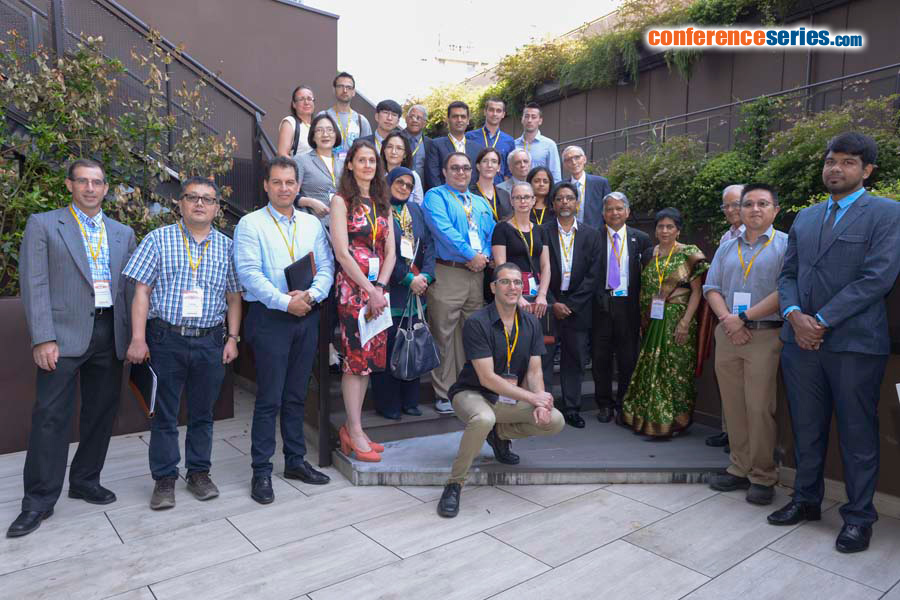
Biography
Biography: Jan Ulfberg
Abstract
A highly researched area in order to find an etiology and treatment for restless legs syndrome ( RLS ) is the brain dopamine system.
It is also claimed that hypoxia, due to decreased peripheral blood flow, might at least partially cause the characteristic unpleasant symptoms in RLS.
Selenium has a strong anti-oxidant action, and is an regulator of dopamine function as well.
Case Presentation: Three female patients, aged 25-60, were all suffering from severe to very severe RLS since childhood. Severity was measured by using the International Restless Legs Scale (IRLS), a 10-item questionnaire. Their scores of the IRLS were between 25 and 38. All 3 patients started to take selenium yeast 100 micrograms daily. Six months later the patients presented at the clinic and were re-assessed. Their RLS symptoms were substantially reduced to “moderate”, represented by their IRLS scores of 10 to 18. All patients reported independently from each other that they did not experience any changes initially, but after 4 months of treatment, there was a steady reduction of their RLS-related symptoms.
In the literature there is only one earlier report of selenium treatment in RLS. In a placebo-controlled trial, Rahimdel et al., showed RLS symptom-relieving benefits of selenium salt, taken orally, 50 or 200 micrograms per day.
It might be hypothesized that selenium may reduce the symptoms of RLS as selenium may work on the function of the dopaminergic system. It is known that RLS-patients are under oxidative stress. Thus, given the fact, that selenium is a potent antioxidant, its mechanism of action could as well be related to its ability to neutralize the reactive intermediates. Another possible working mechanism could be through the positive effect selenium has on endothelial function.
In order to explore the efficacy of selenium in RLS, future randomized clinical trials would be of great interest and value.




